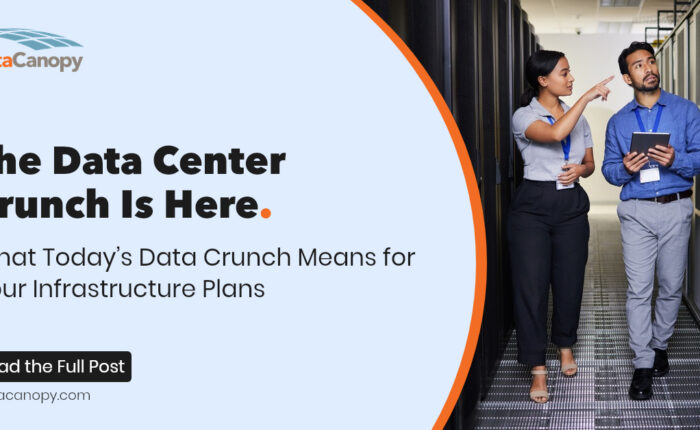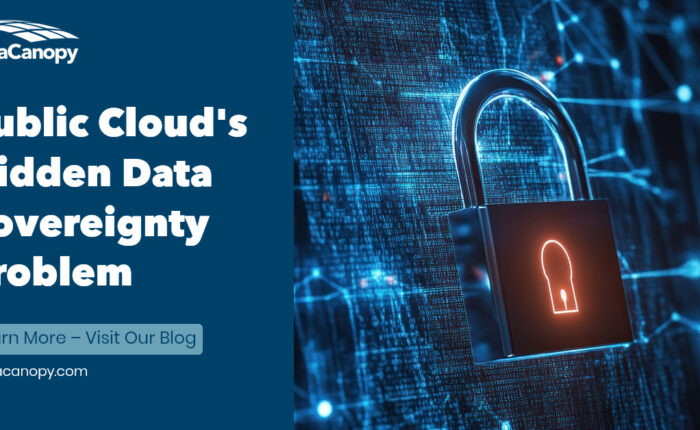It’s very difficult to plan for every possible circumstance for your critical infrastructure and where it lives, but we can sure try. Below are a number of items I recommend you consider when procuring your data center space:
- Right of First Refusals (ROFR’s)
- If you believe you may need more space soon, but don’t want to be on the hook for it if your infrastructure growth doesn’t go as planned, you can ask for a ROFR. The way a ROFR works is it allows you to have essentially first dibs on a certain number of adjacent cabinets, or floor space. The facility then reserves the right to call in the ROFR, when they have another customer that may want that space, and you’ll have a negotiated period of time in which you have to either decide to take the space or relinquish your rights to it. It’s a good way to plan ahead if you don’t have a definitive answer if you’ll need the space or not.
- Ramp
- A ramp schedule allows you to plan out an increase in space/power over the course of a designated period in time. If you know or have a good idea of when you are going to grow, this is a great opportunity to tier out your spend over time with a facility, so you are not paying for a glut of space you won’t need for a period of time. Most retail customers would see this over a period of months, whereas this may be over the course of years for a more wholesale type of deployment.
- Cloud-Flex Contracting
- If you have plans for future cloud deployments, but just aren’t ready yet or are still getting value out of purchased hardware, some facilities will allow you to decrease your colocation spend over time, and increase your cloud spend. This is mainly for facilities that provide cloud services in-house, but as you start to decrease your power usage, and increase your compute usage, those costs can counter one another. This is a great option for virtualizing servers, as they become end-of-life
- Hardware as a Service
- This is a great way to reduce cap-ex in turn for op-ex. Typically, the largest cost of a data center deployment is the hardware that goes into the cabinets. One of the easiest ways to defer that cost is to use an HWaaS model, wherein the provider, on top of providing the power, cooling, and network, can also provide custom spec’d equipment, and bundle that into the cost of your colocation deployment. This also works with cloud servers and storage devices.
- Cloud Connectivity
- As the market share of the hyperscale cloud providers, such as AWS and Azure, continue to increase, it is more evident that a majority of organization will have at least some portion of their environment in those cloud platforms at some point. Knowing that your facility can directly connect you to those clouds and help to reduce some of the variable costs that are infamous of those deployments, is a major plus.
If you would like to learn more about how to future-proof your colocation solution, give us a call at 703-594-5200. We’re happy to help you find the right fit for your infrastructure requirements.



